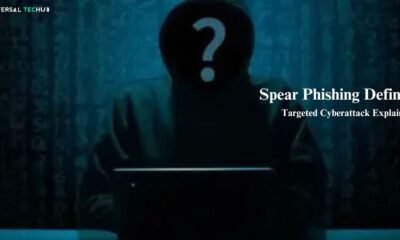Social engineering attack
Spear Phishing Attack: A Targeted Cyber Threat
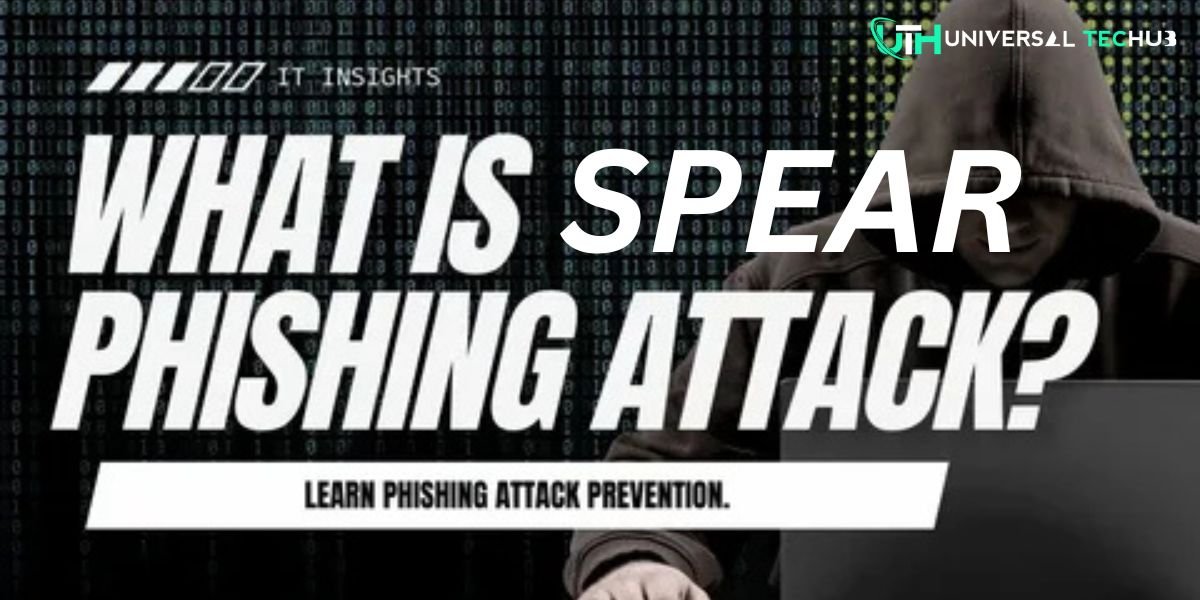
Spear Phishing Attack: A Targeted Threat
Cybercriminals personalize their attacks to target specific individuals or organizations in a spear phishing attack, which is a highly targeted form of phishing. Spear phishing is a powerful tool for cybercriminals because it is more focused than regular phishing attempts, which typically cast a wider net.
A spear phishing attack is a type of email fraud designed to target a specific person, company, or group. These attacks are characterized by extensive background research on the target, followed by a personalized approach that includes carefully crafted email communications.
Before launching a spear phishing attack, cybercriminals conduct thorough research on their target. They may start by browsing a company’s “Team Members” or “About Us” pages to identify high-ranking executives. They then gather additional information using lead-generating services, social media, and business directories to gain more insight into those individuals.
What is spear phishing attack
What is spear phishing attack? Spear phishing is a highly targeted form of phishing designed to deceive specific individuals or organizations into revealing sensitive information. Unlike traditional phishing attacks, which are broad and untargeted, spear phishing is a personalized attack aimed at particular individuals, businesses, or roles within an organization.
How Does a Spear Phishing Attack Work?
- Research and Targeting:
- Before targeting a victim, cyber criminals collect detailed information about them, including:
- Names, job titles, and email addresses
- Company structure and recent news
- Personal interests and social media activity
- Before targeting a victim, cyber criminals collect detailed information about them, including:
- Crafting the Phishing Email:
- Attackers craft customized phishing emails that appear to be sent by reputable organizations, including
- A colleague or supervisor
- A trusted vendor or business partner
- A government agency
- The email often includes:
- A sense of urgency or fear
- A compelling subject line
- A convincing message body
- Malicious attachments or links
- Attackers craft customized phishing emails that appear to be sent by reputable organizations, including
- Social engineering tactics:
- By employing social engineering strategies, the attackers trick their victims into visiting harmful websites or opening infected attachments. Some examples of these methods are:
- Impersonation
- Pretexting
- Baiting
- Quid pro quo.
- By employing social engineering strategies, the attackers trick their victims into visiting harmful websites or opening infected attachments. Some examples of these methods are:
- Payload Delivery:
- The moment the victim clicks on the harmful link or downloads the attachment, the attacker’s payload arrives. This shipment may contain:
- Malware, such as ransomware or spyware
- A malicious website takes advantage of weaknesses in the victim’s system.
- The goal of the phishing landing page is to steal sensitive information.
- The moment the victim clicks on the harmful link or downloads the attachment, the attacker’s payload arrives. This shipment may contain:
Common Spearphishing Tactics:
- CEO Fraud: Attackers impersonate high-level executives to trick employees into transferring funds or sharing sensitive information.
- Business Email Compromise (BEC): Cybercriminals compromise legitimate email accounts to defraud organizations.
- Whaling: A type of BEC that targets high-profile individuals within an organization.
- Waterholing: Attackers target websites frequently visited by the intended victims and compromise them to deliver malware.
Why is Spear dangerous?
Spear phishing attempts are harder to detect than regular phishing emails because they use specific information about the target. These attacks pose a significant threat to both individuals and businesses, as they focus on high-value targets—typically those with access to sensitive data—unlike standard phishing schemes.
If spear phishing is effective, it may cause a lot of harm, such as financial loss, data theft, damage to reputation, and security breaches.
How to Protect Yourself from Spear Phishing Attacks:
- Be skeptical: Always be wary of unsolicited emails, even if they appear to be from a trusted source.
- Verify the sender: Double-check the sender’s email address and look for any inconsistencies or typos.
- Avoid Clicking on Suspicious Links: To view the whole URL of a link before clicking on it, just hover over it.
- Use Strong, Unique Passwords: Create strong, unique passwords for all your online accounts.
- Enable Two-Factor Authentication (2FA): 2FA adds an extra layer of security to your accounts.
- Keep Your Software Updated: Keep your operating system and software programs up-to-date regularly.
- Be Mindful of Social Media: Limit the amount of personal information you share on social media.
- Educate Your Employees: Train your employees to recognize and avoid phishing attacks.
- Implement Security Awareness Training: Regular security awareness training can help employees stay informed about the latest threats.
- Use Security Software: Install and use reliable security software to protect your devices.
If you follow these guidelines, spear phishing attacks will be far less likely to affect you.
How to Identify a Spear Phishing Attack
- Check the Sender’s Email Address: Spear phishing emails may use similar-looking domains or altered email addresses that mimic legitimate ones.
- Look for odd requests: requests for sensitive information, urgent money transfers, or unusual attachments should raise a red flag.
- Evaluate the Language and Tone: Spear phishing emails are often highly personalized but may contain unusual phrases or grammatical errors, particularly if the attacker is unfamiliar with the target’s language.
- Verify suspicious links and attachments: Avoid clicking on links or downloading attachments from unfamiliar or unexpected emails. Hover over links to preview the URL and scan attachments with antivirus software.
What to Do If You Suspect a Spear Phishing Attack?
- Report the Incident: Immediately notify IT or cybersecurity personnel if you suspect you’ve received an email related to what is spear phishing in cyber security or fallen victim to one.
- Change Passwords: If you accidentally provided login credentials, change your passwords immediately and monitor the account for any unauthorized activity.
- Scan for Malware: If you click on a link or download an attachment, run a malware scan on your device to detect and remove potential threats.
- Enable Alerts on Financial Accounts: If you share financial information, set up alerts on your bank or credit card accounts to spot any unusual activity.
Real-World Examples of Spear Phishing Attacks
- The RSA Breach (2011): In this high-profile case, attackers sent spear phishing emails to RSA employees containing a malicious Excel attachment. When opened, the malware exploited a zero-day vulnerability, compromising RSA’s SecureID tokens and impacting numerous organizations relying on RSA’s services.
- U.S. Presidential Campaign Attack (2016): Hackers targeted the email accounts of individuals involved in a U.S. presidential campaign. By sending spear phishing emails that appeared to be from legitimate sources, the attackers used spear phishing vs phishing techniques to steal sensitive information, which was later leaked.
Conclusion
Spear phishing attacks are highly dangerous and technically advanced. Attackers can deceive even the most cautious individuals by using personal information to craft communications that seem legitimate. To protect sensitive information and stay ahead of the ever-evolving nature of these threats, it’s crucial to remain aware and implement strong security measures. By staying vigilant, receiving proper training, and using technical safeguards, you can protect yourself from spear phishing attacks and minimize their impact.
Read more blogs:
Spear Phishing Definition: Targeted Cyberattack Explained
How do spear phishing attacks differ from standard phishing attacks
Image of Spear Phishing Email with Victims Employerad Link Example
-
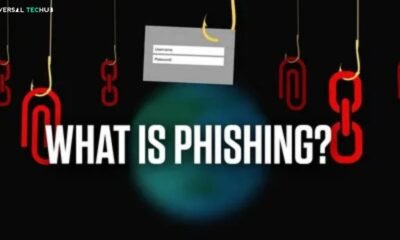
 Phishing attack8 months ago
Phishing attack8 months agoWhat is Spear Phishing and How You Can Identify This Scam?
-
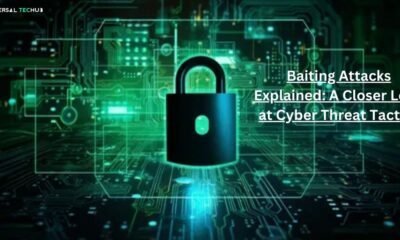
 Social engineering attack10 months ago
Social engineering attack10 months agoBaiting Attacks Explained: A Closer Look at Cyber Threat Tactics
-

 Social engineering attack8 months ago
Social engineering attack8 months agoWhat are Social Engineering Attacks – A Complete Guide to Cyberattacks Prevention
-
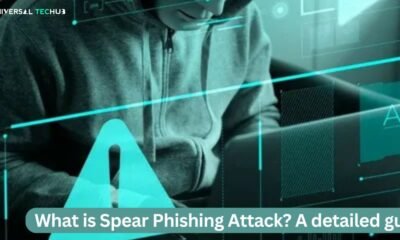
 Social engineering attack10 months ago
Social engineering attack10 months agoWhat is spear phishing attack? A detailed guide
-
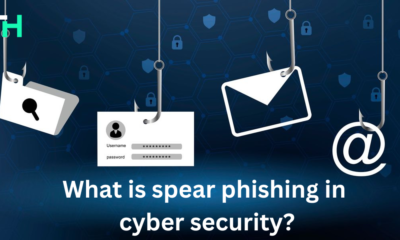
 Social engineering attack10 months ago
Social engineering attack10 months agoWhat is spear phishing in cyber security?
-

 Phishing attack4 months ago
Phishing attack4 months agoWhy is Phishing Still a Major Cyber Threat? Everything You Need to Know
-
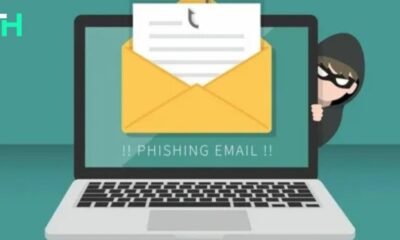
 Phishing attack8 months ago
Phishing attack8 months agoWhat Are Phishing Emails? A guide for you
-
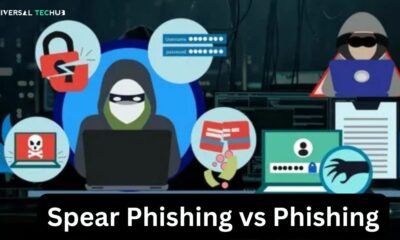
 Social engineering attack9 months ago
Social engineering attack9 months agoSpear phishing vs phishing: Understand the Risks


